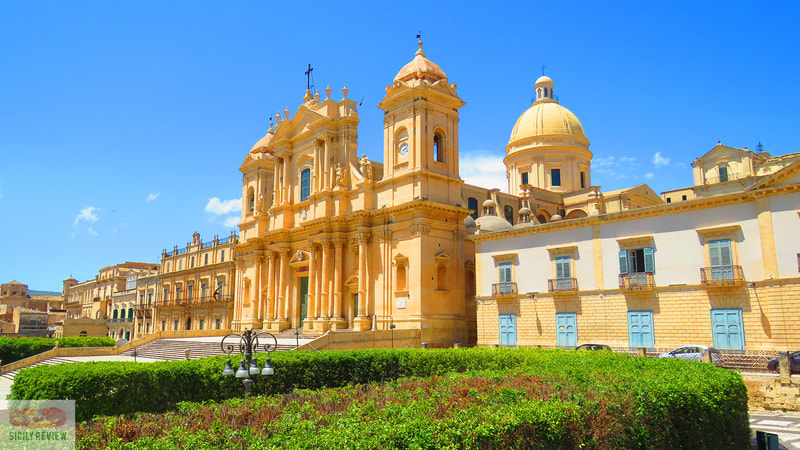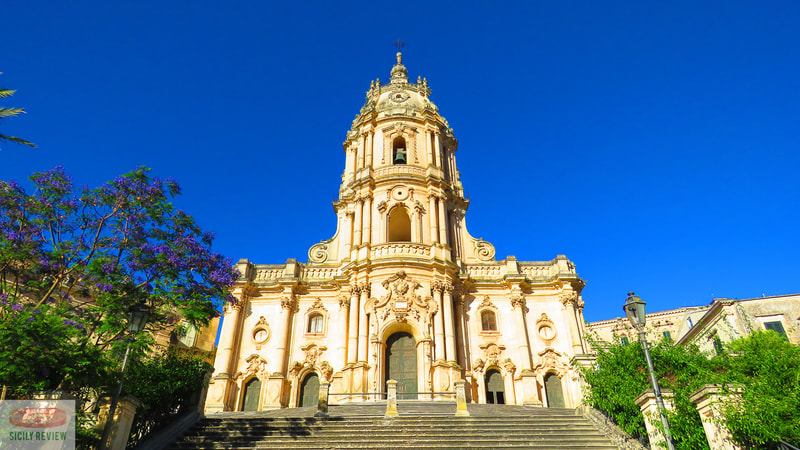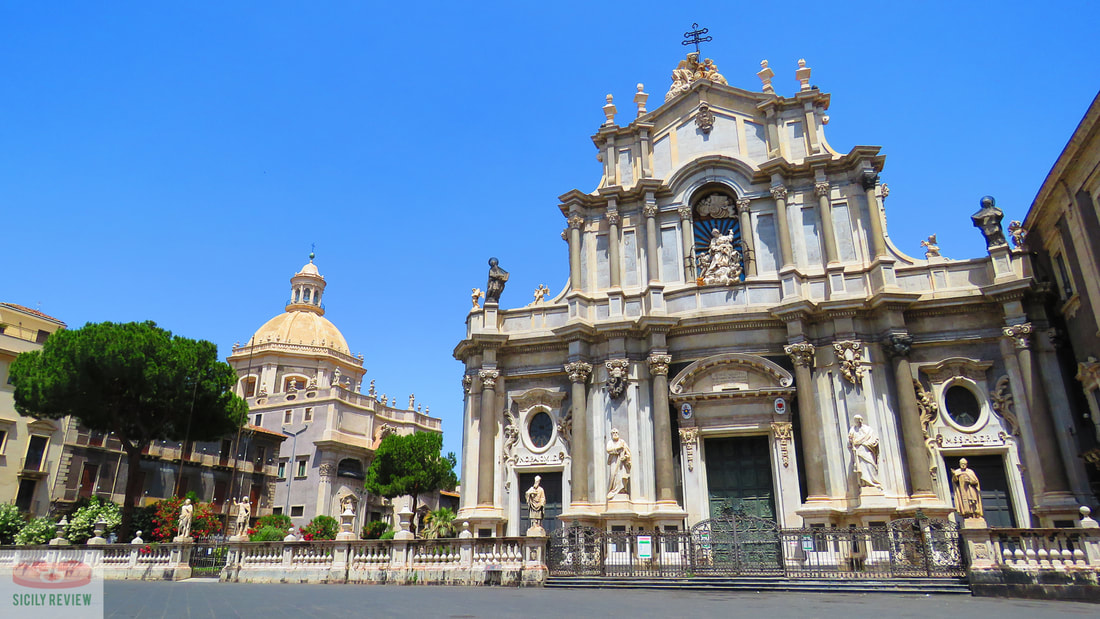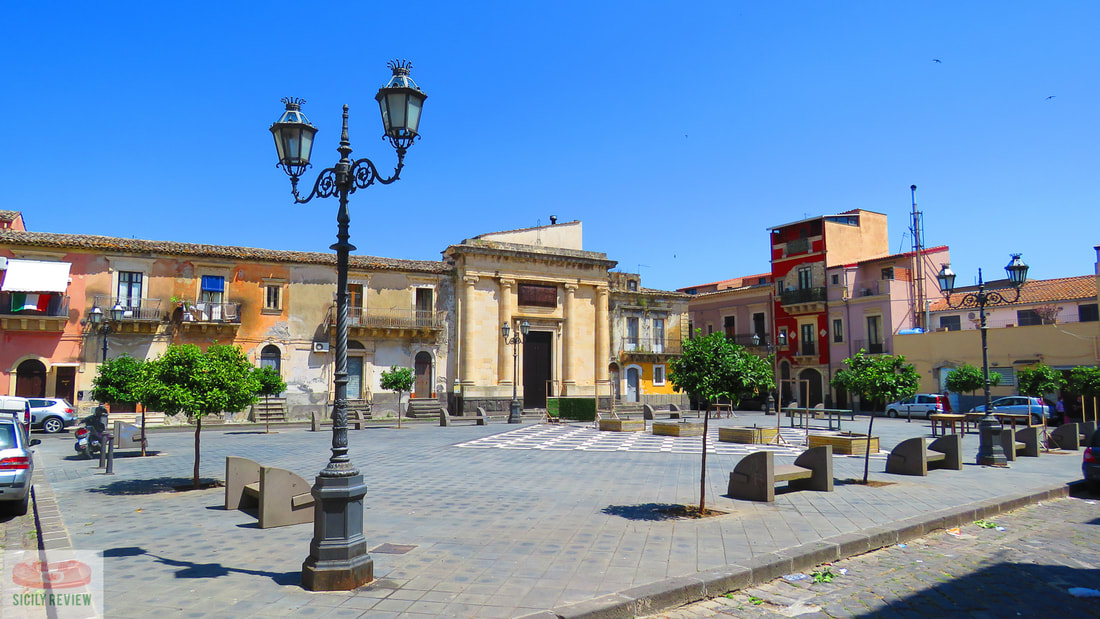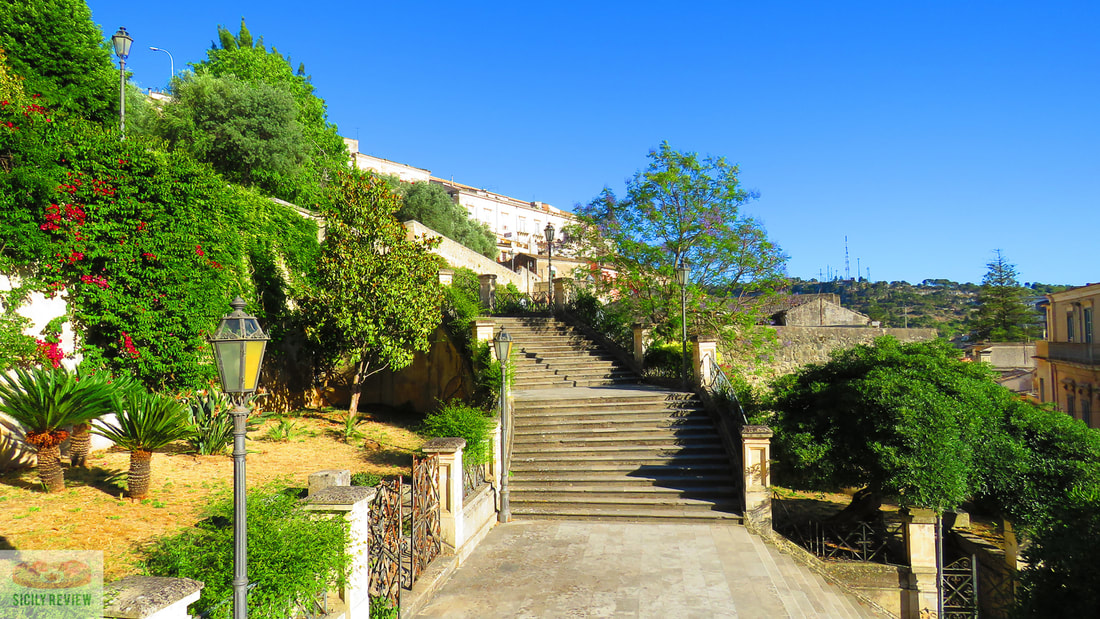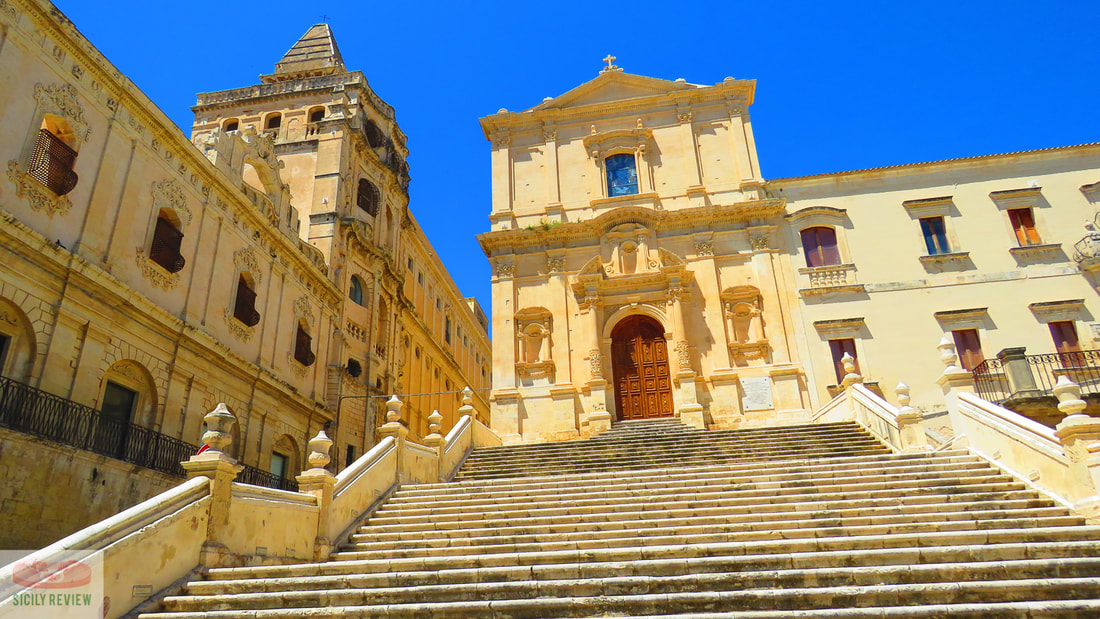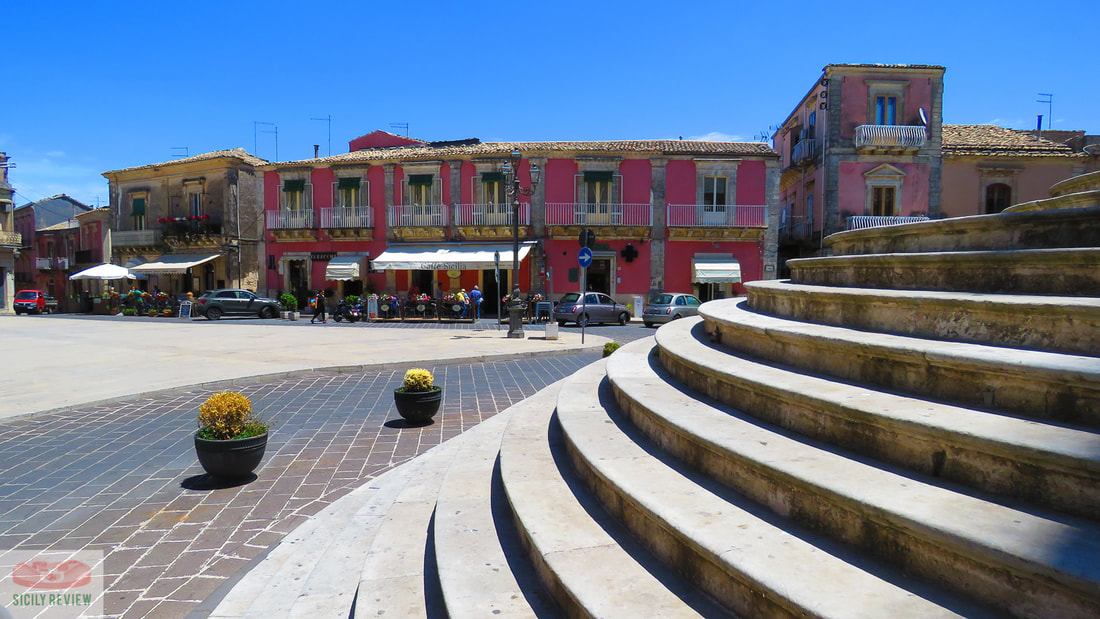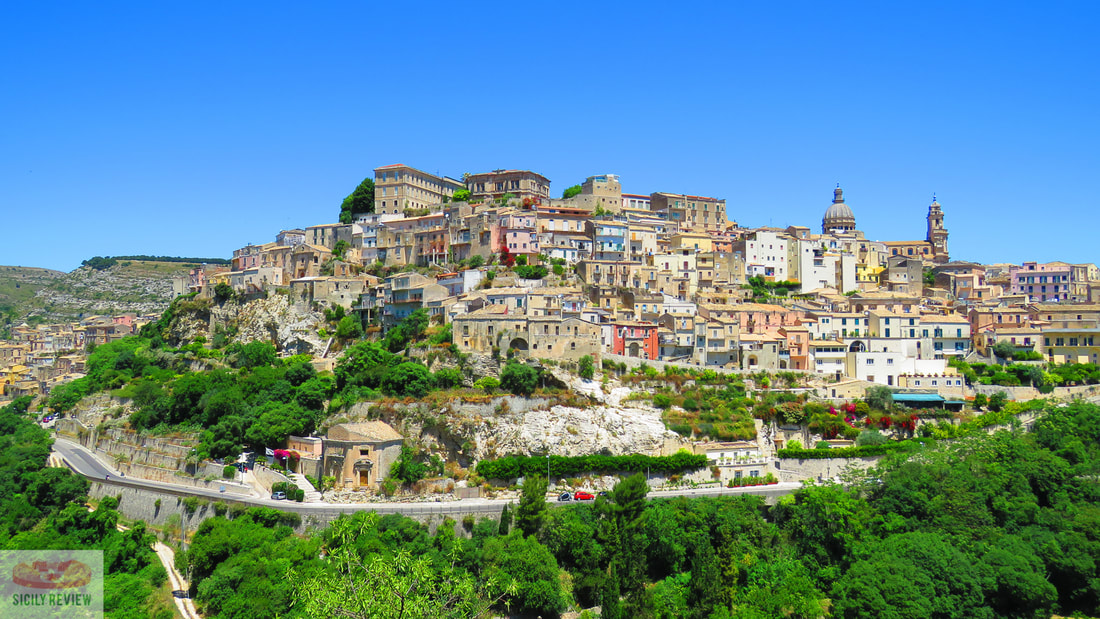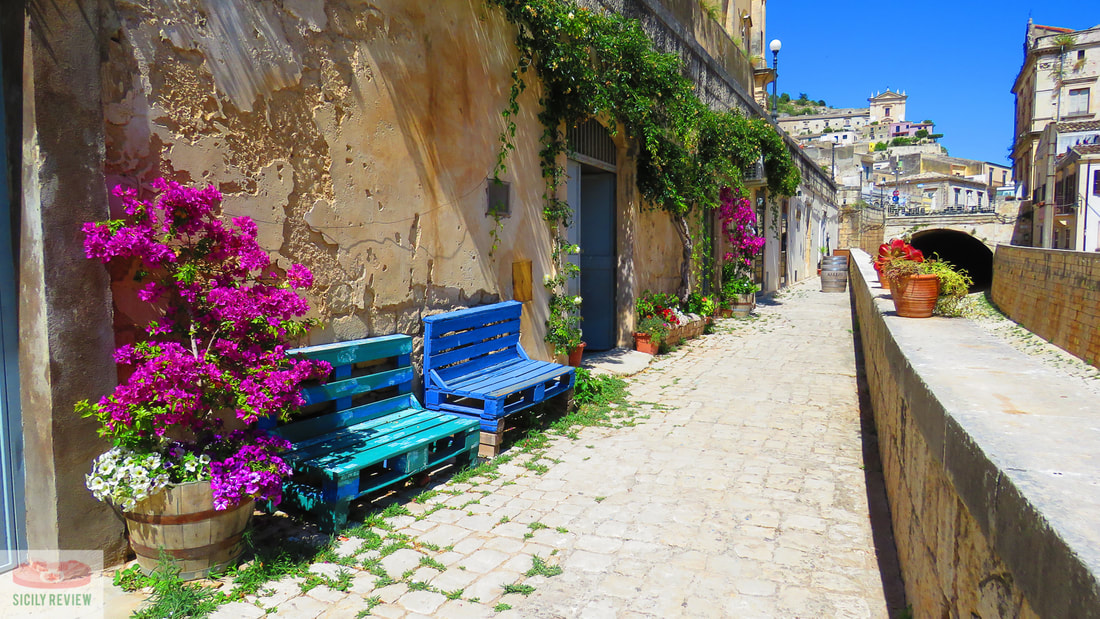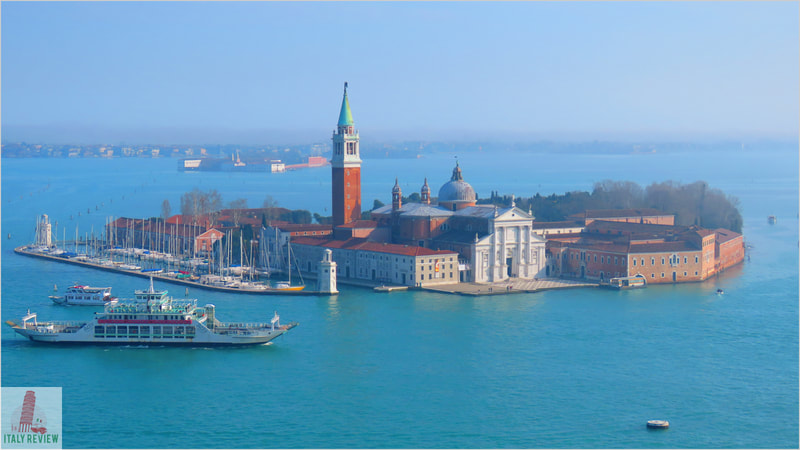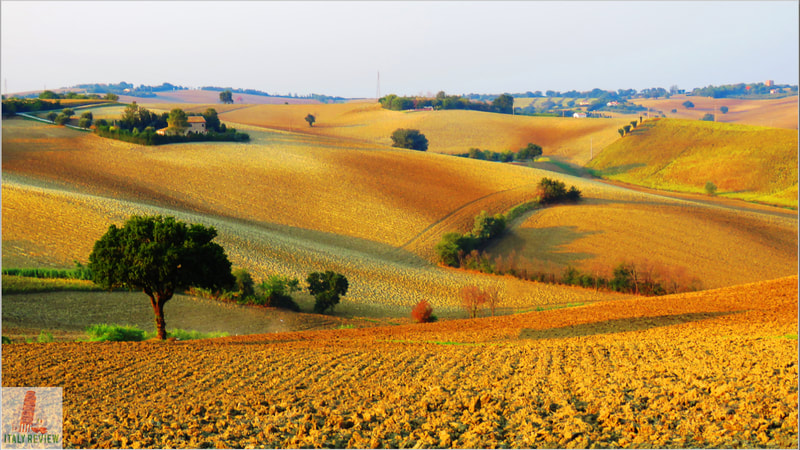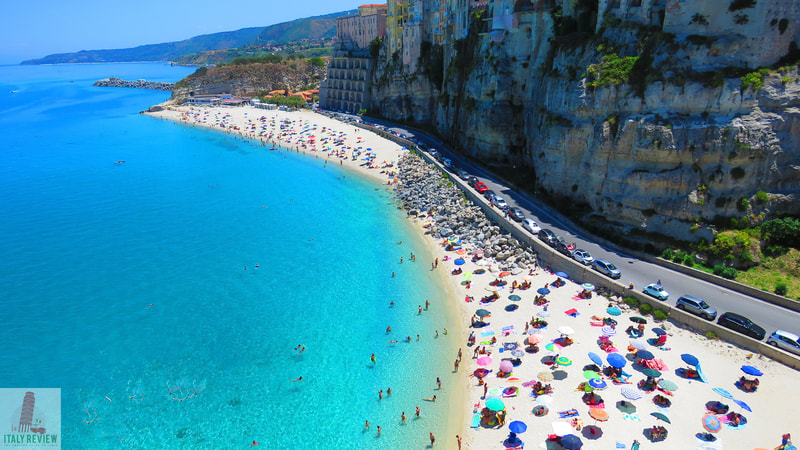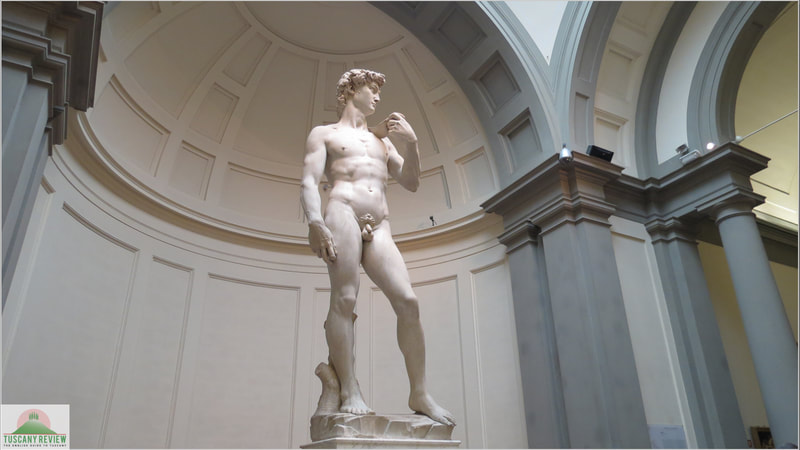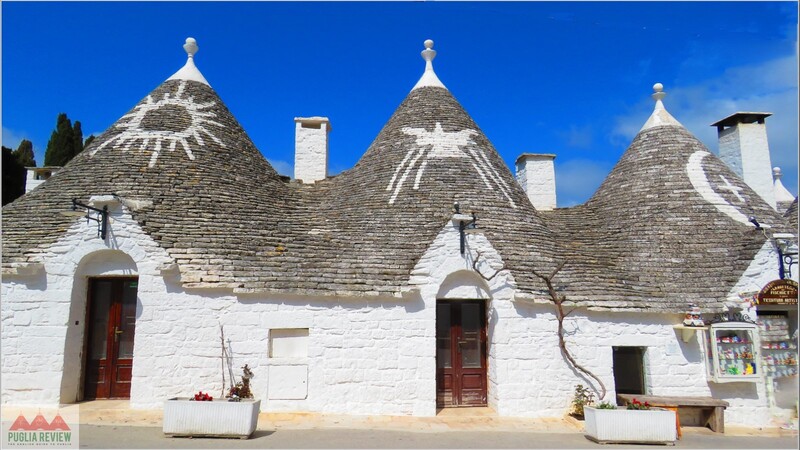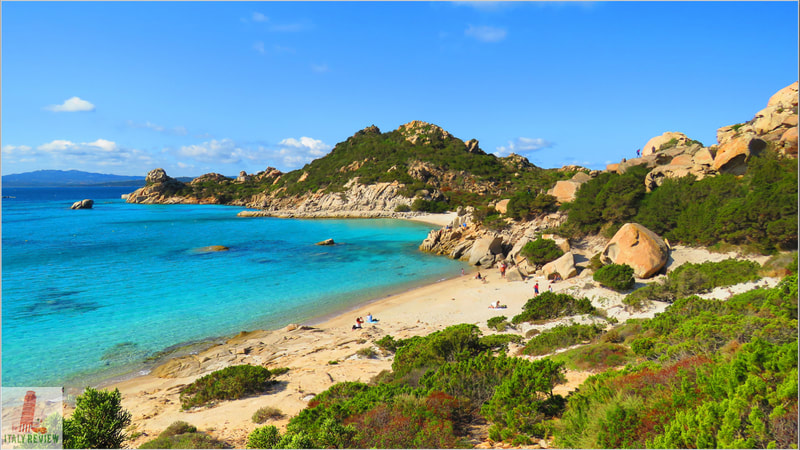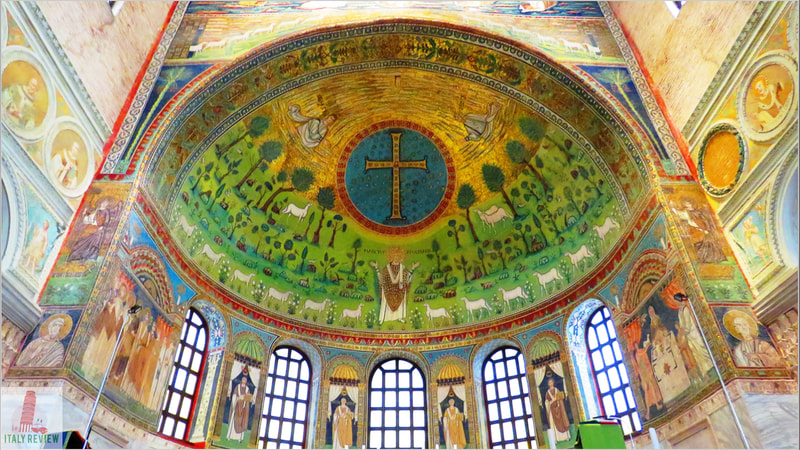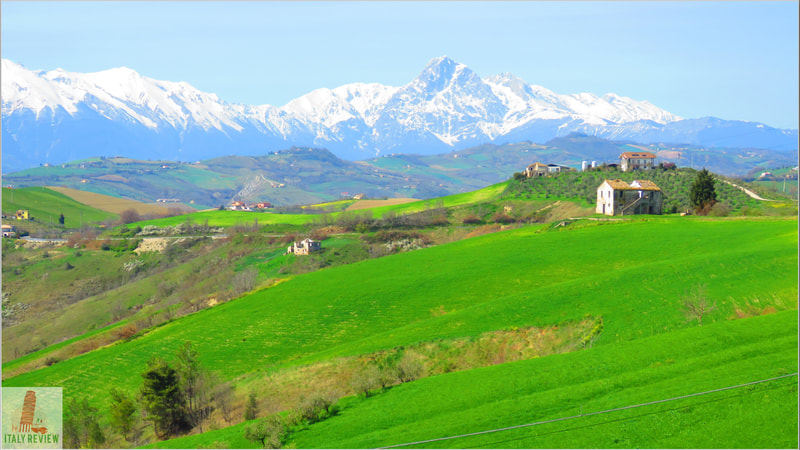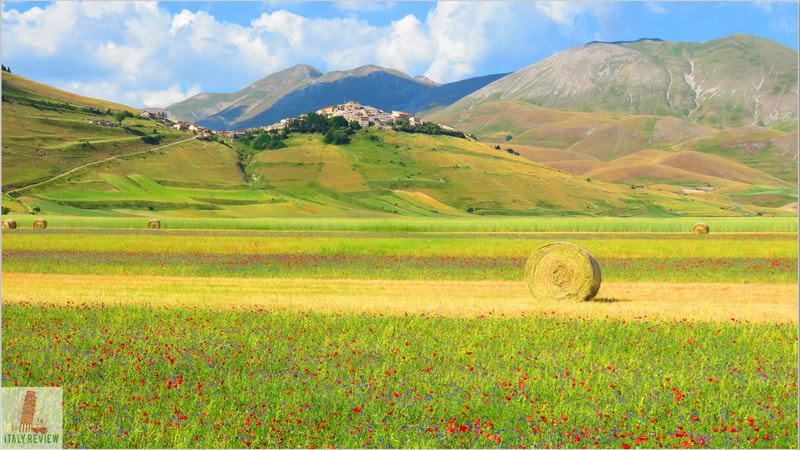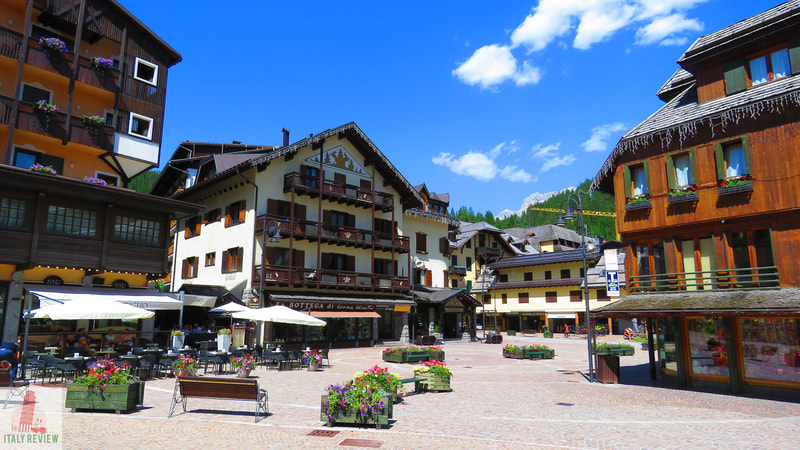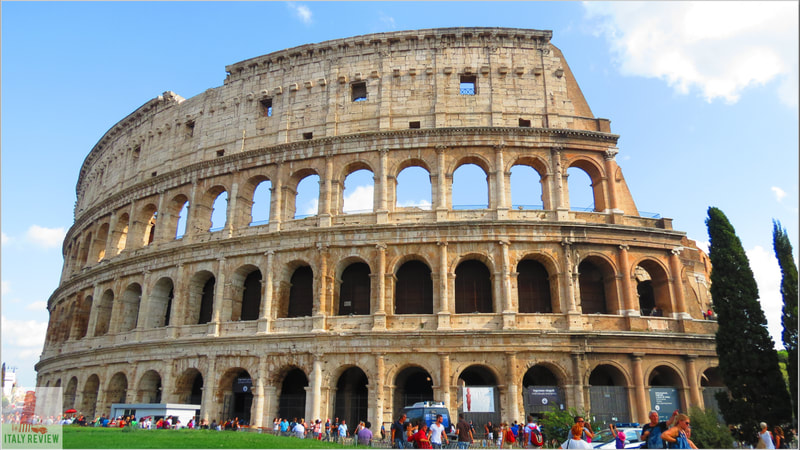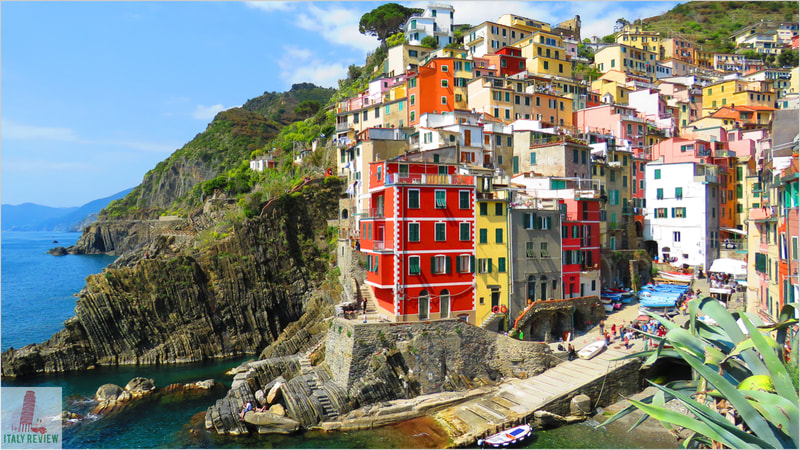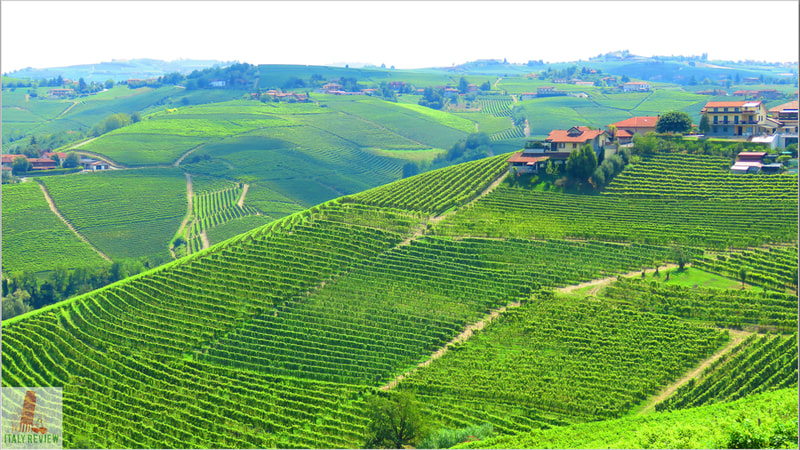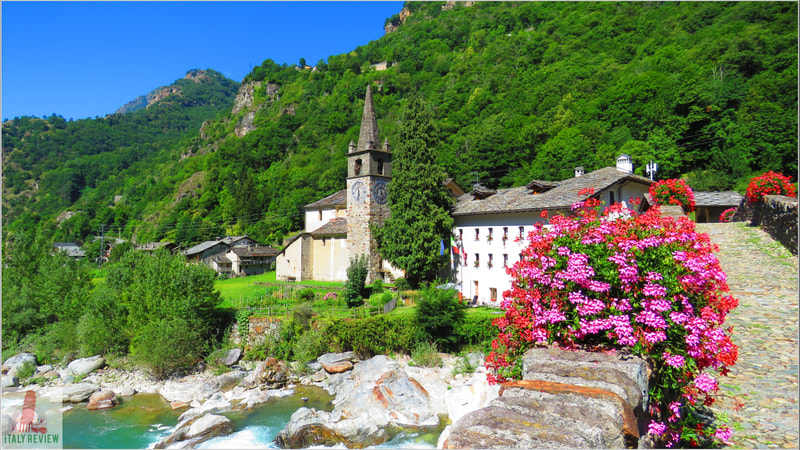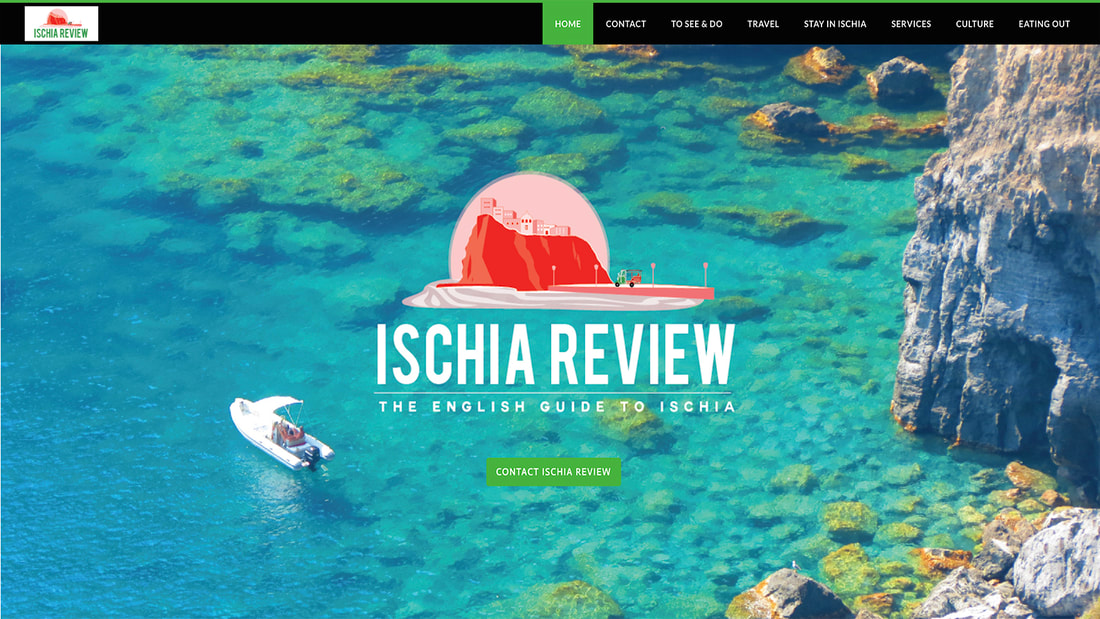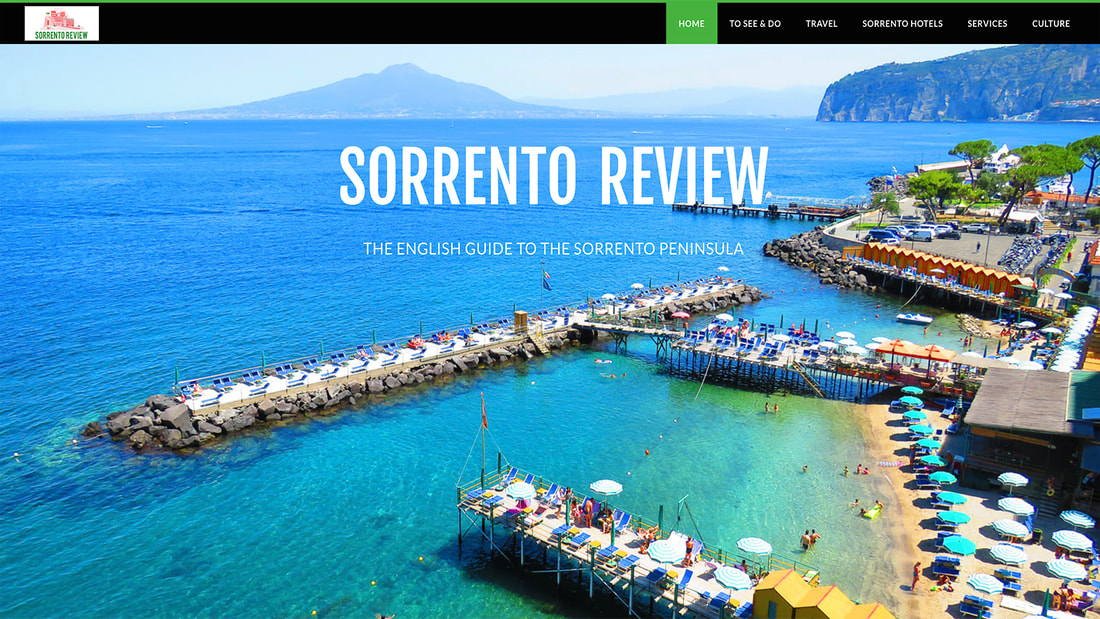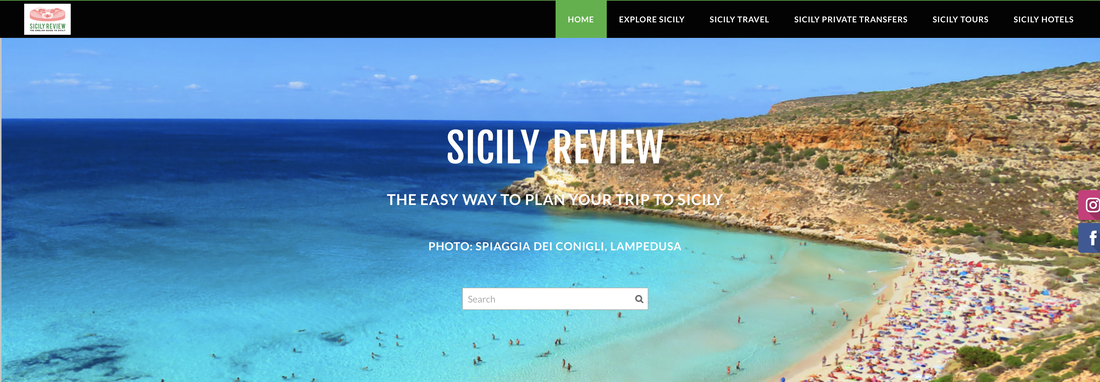Late Baroque Towns of the Val di Noto (South-Eastern Sicily)
|
By Dion Protani
|
Latest update: 9 January 2024
|
|
The Late Baroque Towns of the Val di Noto (South-Eastern Sicily) is a UNESCO World Heritage Site consisting of eight towns in Sicily that were rebuilt after an earthquake in 1693.
On their explanation, UNESCO state that the towns, "represent a considerable collective undertaking, successfully carried out at a high level of architectural and artistic achievement." |
Related links
Profile
The Late Baroque Towns of the Val di Noto, located in south-eastern Sicily, is a UNESCO World Heritage Site that comprises eight towns: Caltagirone, Militello in Val di Catania, Catania, Modica, Noto, Palazzolo Acreide, Ragusa, and Scicli.
These towns showcase an exceptional ensemble of Baroque architecture and urban planning, reflecting the reconstruction efforts after the devastating earthquake of 1693.
These towns showcase an exceptional ensemble of Baroque architecture and urban planning, reflecting the reconstruction efforts after the devastating earthquake of 1693.
History
In 1693, a powerful earthquake struck the region of Val di Noto, causing widespread destruction and devastation. The towns were almost entirely reduced to ruins. In the aftermath, the towns underwent a remarkable reconstruction effort in the Late Baroque style, heavily influenced by the principles of the Sicilian Baroque and the cultural exchange with other Mediterranean regions.
The reconstruction emphasized the use of local limestone and the construction of grandiose buildings, churches, palaces, and monuments, adorned with intricate facades, balconies, staircases, and sculptures. The result is a harmonious ensemble of Late Baroque architecture, characterized by its exuberant ornamentation and elaborate urban planning.
The reconstruction emphasized the use of local limestone and the construction of grandiose buildings, churches, palaces, and monuments, adorned with intricate facades, balconies, staircases, and sculptures. The result is a harmonious ensemble of Late Baroque architecture, characterized by its exuberant ornamentation and elaborate urban planning.
Key features
- Baroque Architecture: Each of the eight towns features a plethora of stunning Baroque buildings, providing a feast for architecture enthusiasts.
- Cultural Heritage: The towns' historic centers are a testament to the resilience and creativity of the local communities after the earthquake.
- Churches and Palaces: Explore the majestic Baroque churches, palaces, and noble residences, which are renowned for their artistic beauty and religious significance.
- Culinary Delights: Sample traditional Sicilian dishes, including cannoli, almond sweets, and local wines, at charming cafes and restaurants.
- Festivals and Events: The towns host cultural events, processions, and festivals, offering opportunities to experience Sicilian traditions and celebrations.
- Scenic Landscapes: The Val di Noto region is known for its stunning landscapes, picturesque countryside, and proximity to beautiful beaches.
- Accessibility: The towns are well-connected by road and public transportation, making it convenient to explore the region.
- Guided Tours: Guided tours are available, providing in-depth insights into the history, architecture, and culture of the Late Baroque towns.
Late Baroque Towns of the Val di Noto (South-Eastern Sicily)
|
Provinces: Catania, Ragusa, Syracuse
Region: Sicily Number of sites: 8 Site types: towns with Baroque architecture Fly to: Catania Airport |
UNESCO World Heritage Site
Late Baroque Towns of the Val di Noto (South-Eastern Sicily)
Year: 2002
Late Baroque Towns of the Val di Noto (South-Eastern Sicily)
Year: 2002

